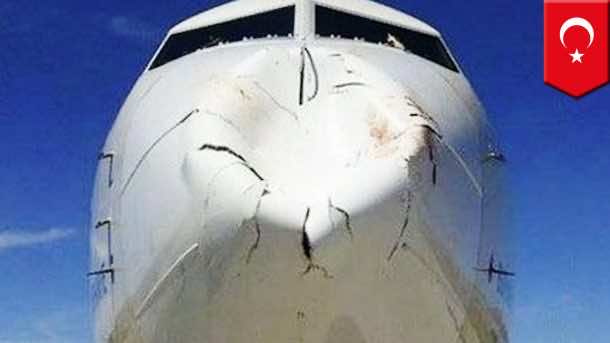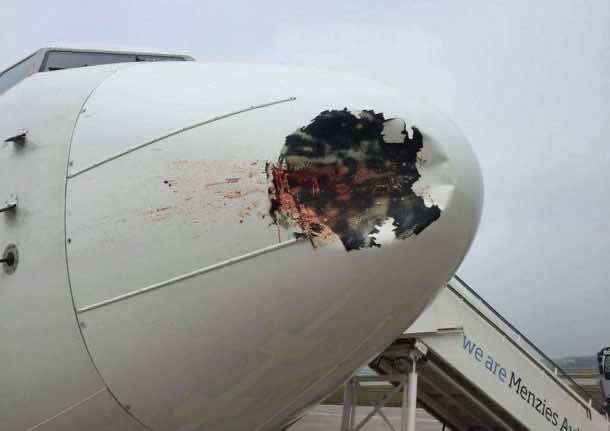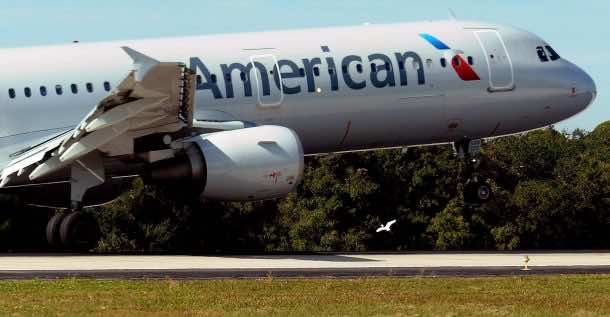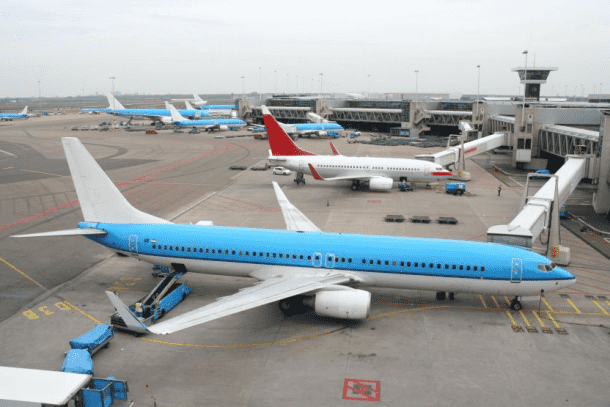The biggest threat to the commercial pilots is the birds flying into their planes. From landing in the middle of the river to turning back to the airport, bird strikes not only pose a potential threat to the human lives but also cost millions of dollars to the commercial air travel service providing companies.
The fatal bird strikes have resulted in the death of almost 255 people over a period of 25 years. A tremendous loss of the migratory birds was also recorded in the accidents involving airplanes. The resident, as well as the migratory birds, favor the wetlands and the open turf surrounding most airports.

Most of the occurrences of the bird strikes are reported during the plane take-offs or landings. Therefore, the airport authorities try their best to keep the airbases clear of the birds. However, the conventional methods of keeping the birds off the airfields by poisoning, shooting, relocation after being captured, etc. are not environment-friendly, and a huge loss of avian lives is reported each year. On the other hand, all these techniques remain ineffective on a large scale.

A University of Exeter team of researchers from the College of William and Mary’s Institute for Integrative Bird Behavior Studies led by Professor John Swaddle has come up with an innovative new technique of preventing the birds from flying into the airfield regions by using what he terms as the “sonic net”.
The sonic net, as the name implies, creates a net or web of noise in an area, thus cutting off the communication among the birds. The birds are not particularly fond of any interruption in their communication and thus, stay clear of the area.

The sonic net is created by emitting a continuous noise in a specified region.
“By playing a noise at the same pitch [as their communication], we mask those sounds, making the area much riskier for the birds to occupy. The birds don’t like it and leave the area around the airfields, where there is potential for tremendous damage and loss of life”
The solution is not only a compassionate way of ridding the airfield of our avian friends but also effective. The study has revealed a massive drop in the population of the birds in the area surrounded by the sonic net. The technology will soon be implemented at some commercial airports.

The Professor maintained that the sound level used for the creation of the sonic net was not too high.
The research has been published in the journal named Ecological Applications under the title: “A sonic net excludes birds from an airfield: implications for reducing bird strike and crop losses.”
Do you think this new technology would work? Let us know in the comments section.



Yes and I also want to implement this idea on a airport
The trend will be evolved to what you mentioned in near future in order to finish bird impacts. Bird impact tests, their costs and weight outputs are scary for every developer.
What I wonder in this solution is that how can we destroy the communication of all type of birds? Even 1 single bird can created the damage in the photos if the platform is not reinforced enough. Working with certification authorities could be challenging and you must answer the question at the start of this paragraph and prove it for authority.
Knowing that the means explained in authority handbooks are not the only means to obey the rules, yes it could work, why not?